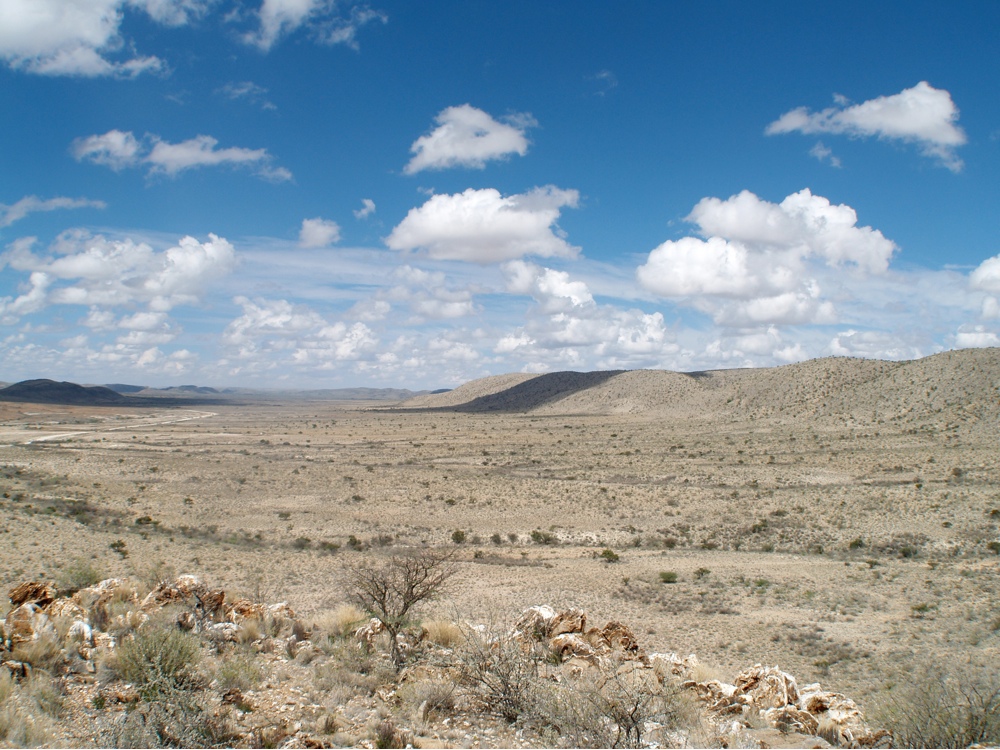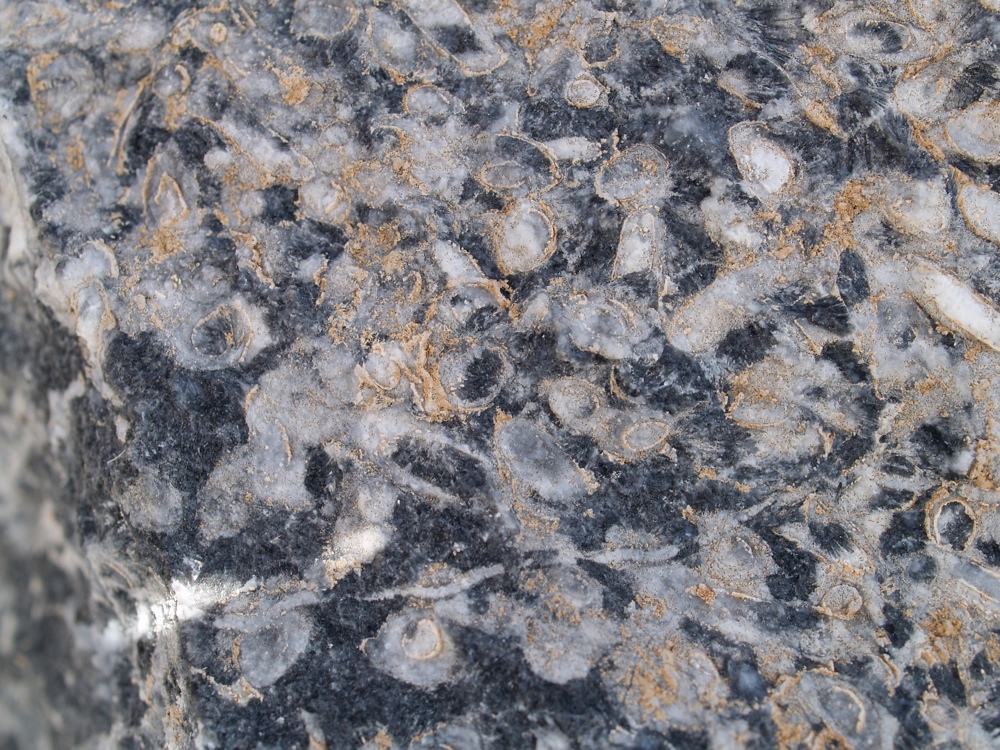
An ancient reef that once teemed with primitive sea life has been unearthed in Africa.
The reef, which dates to 548 million years ago, is the oldest animal-built reef ever found.
The coral-like creatures, dubbed Cloudina, may have built the superstructures to protect themselves from predators or to soak up the nutrients from ocean currents, said study co-author Rachel Wood, a geologist at the University of Edinburgh in Scotland. [See Images of the Ancient Reef Fossils]
Explosion
During the Ediacaran Period, which lasted from about 635 million to 542 million years ago, all life lived in the sea, and most creatures were immobile and soft-bodied, with mysterious wavy, frondlike shapes.

But in the 1970s, scientists discovered evidence of Cloudina, the earliest fossil animals to have skeletons. The pencil-shaped sea creature could grow to about 5.9 inches (15 centimeters) long. A cross-section of the tubular shape shows that it would've been about 0.3 inches (8 millimeters) in diameter, Wood said.
"It's like a series of hollow ice-cream cones all stacked up," Wood told Live Science, referring to the appearance of the Cloudina skeleton. "It might have been related to corals and anemones and jellyfish."
Sign up for the Live Science daily newsletter now
Get the world’s most fascinating discoveries delivered straight to your inbox.
Like modern-day corals, the youngest cone in the stack would have been alive, while the rest would be dead, Wood said.
But scientists knew little about how these enigmatic creatures lived.
Oldest reef
Late last year, while excavating in Namibia in a region known for Ediacaran fossils, Wood and her colleagues found evidence for a vast network of reefs built by Cloudina about 548 million years ago. Like modern-day corals, the primeval creatures excreted calcium carbonate, which cemented them to each other and helped grow the reef.
The new finds are the oldest animal-built reefs ever discovered. Previously, the oldest animal-built reefs dated to around 530 million years ago, during the Cambrian Period, when the complexity and diversity of life on Earth exploded. (Slimy bacterial communities known as stromatolites have built vast, limestone reefs for almost 3 billion years, Wood said.)
The ancient Cloudina reefs the team discovered grew in patches atop a massive stromatolite-formed reef complex that spans nearly 4.3 miles (7 kilometers), Wood said.
"If you were snorkeling over it nearly 550 million years ago, you'd see areas of green surface, from stromatolites, and then you'd see these little patches of tubes all growing together, forming a little thicket, or mound, on the seafloor," Wood said.
Avoiding predators?
Cloudina likely formed reefs to protect itself from predators. In China, for instance, scientists have unearthed Cloudina fossils with holes drilled in them, likely from acid secreted by a predator animal, Wood said.
Clumping together on reefs would have also brought nutrient-rich currents close to the filter feeders at a time when more life forms were competing for space and food, the authors said.
"All together it paints a picture of quite significant ecological complexity," Wood said.
The fossils were described today (June 26) in the journal Science.
Follow Tia Ghose on Twitter and Google+. Follow Live Science @livescience, Facebook & Google+. Original article on Live Science.

Tia is the managing editor and was previously a senior writer for Live Science. Her work has appeared in Scientific American, Wired.com and other outlets. She holds a master's degree in bioengineering from the University of Washington, a graduate certificate in science writing from UC Santa Cruz and a bachelor's degree in mechanical engineering from the University of Texas at Austin. Tia was part of a team at the Milwaukee Journal Sentinel that published the Empty Cradles series on preterm births, which won multiple awards, including the 2012 Casey Medal for Meritorious Journalism.









